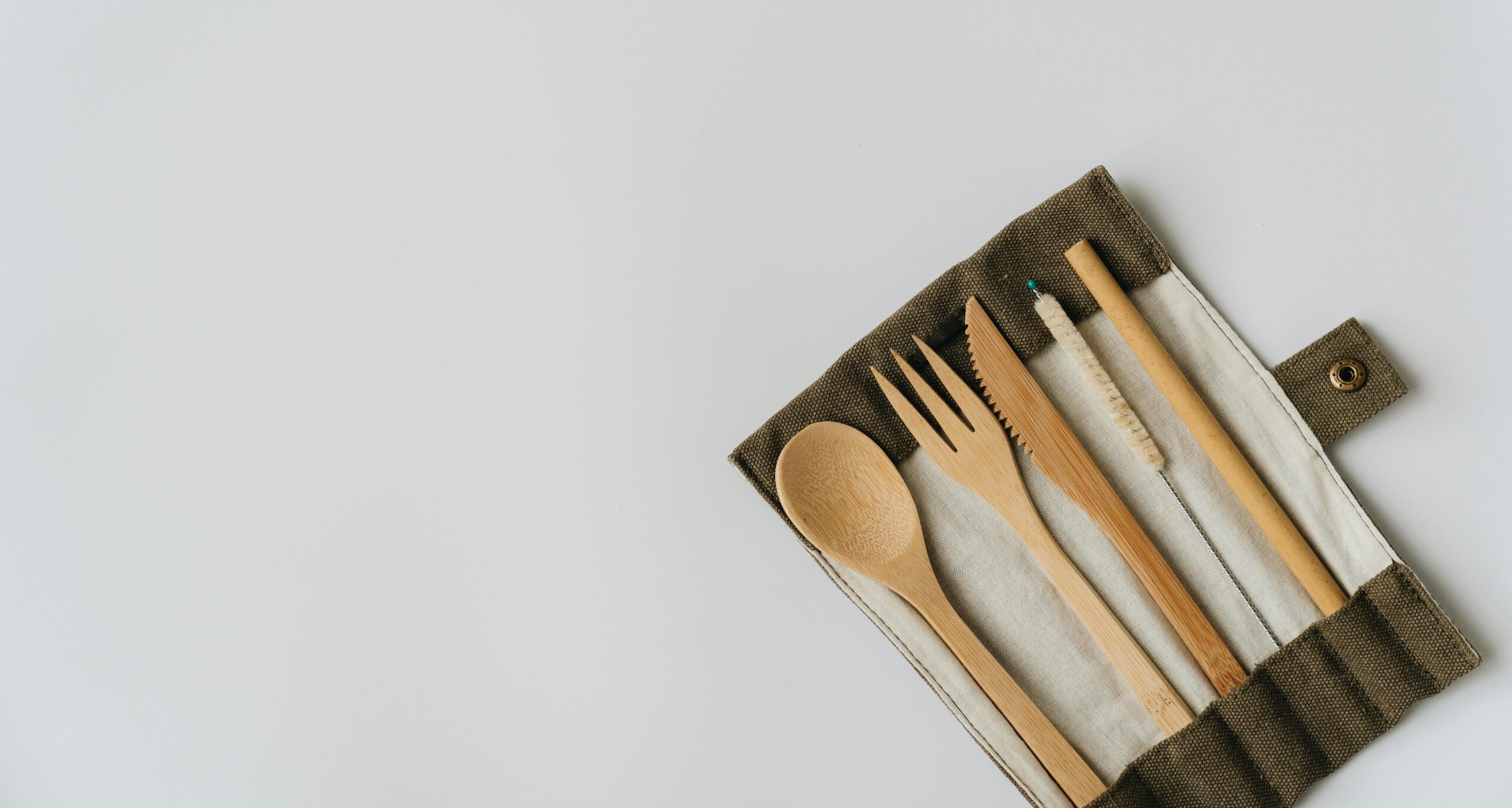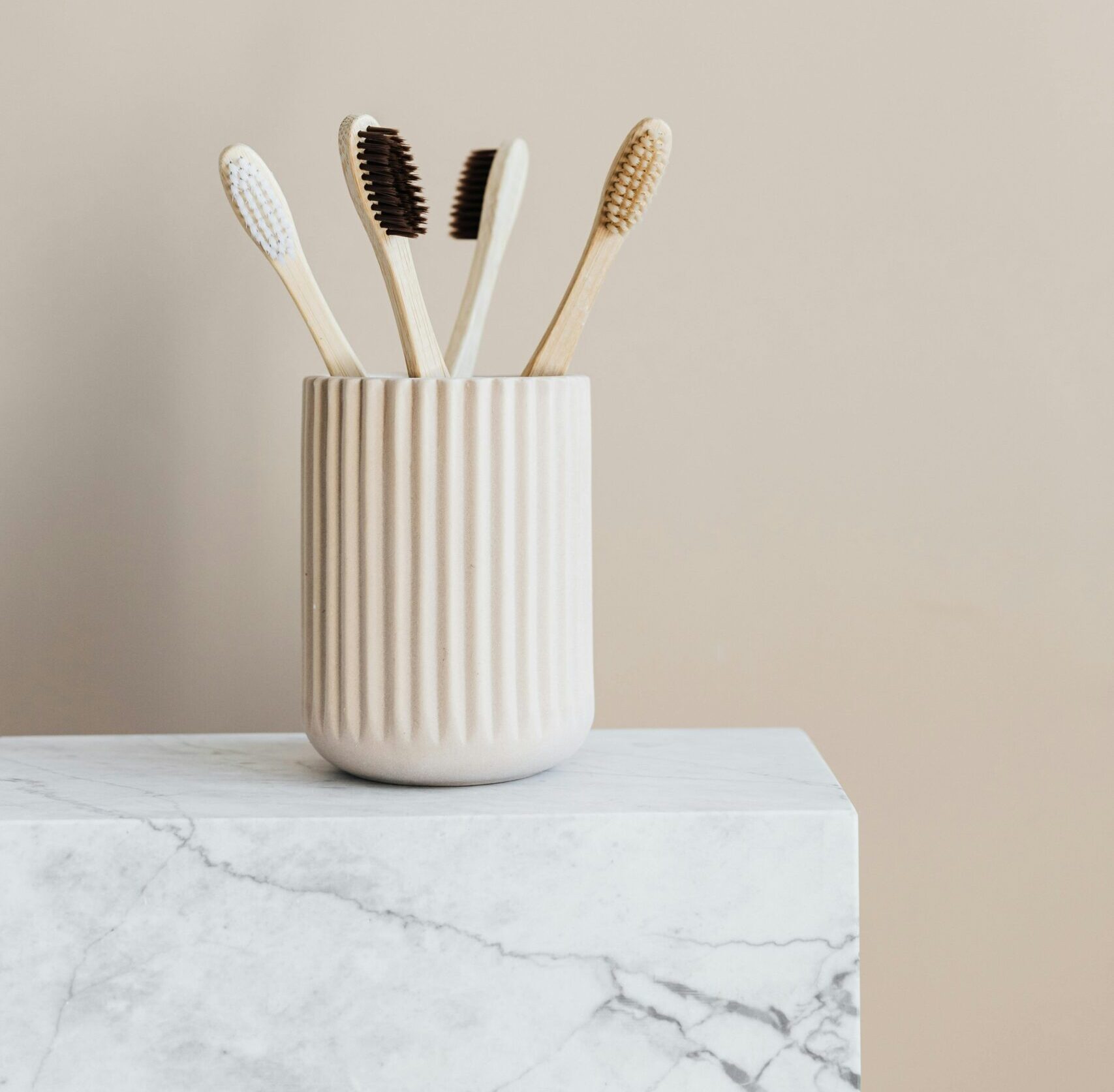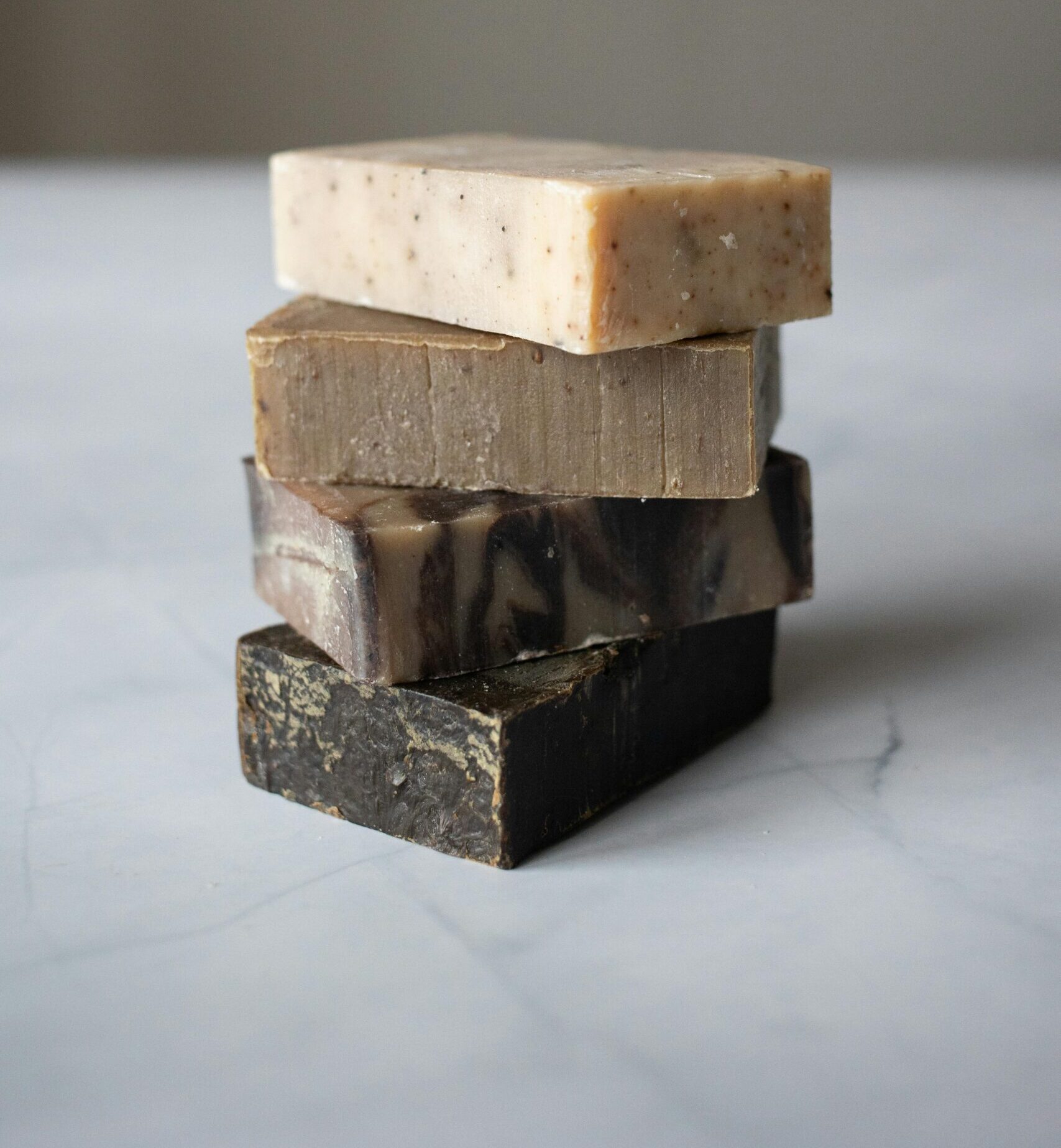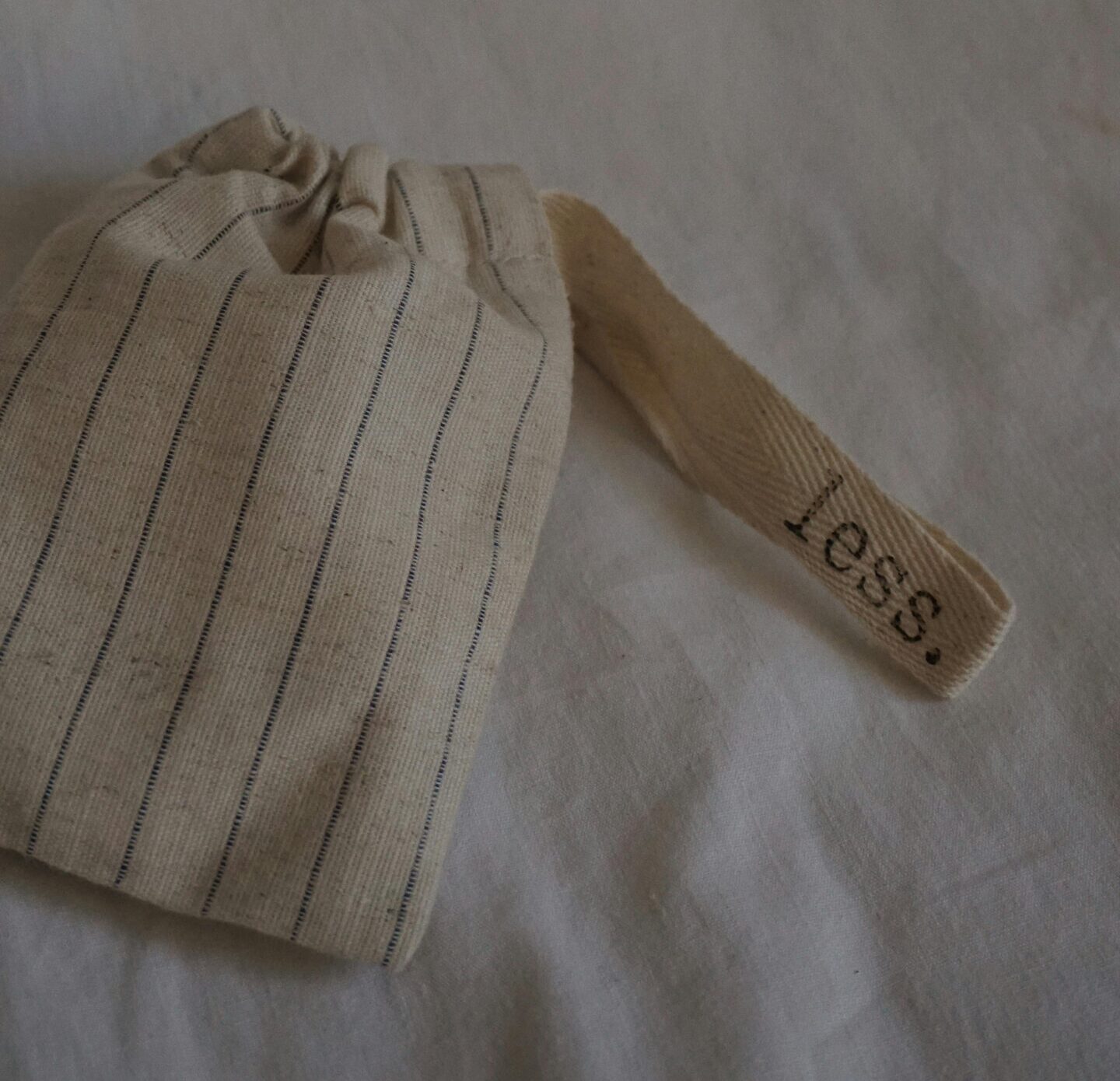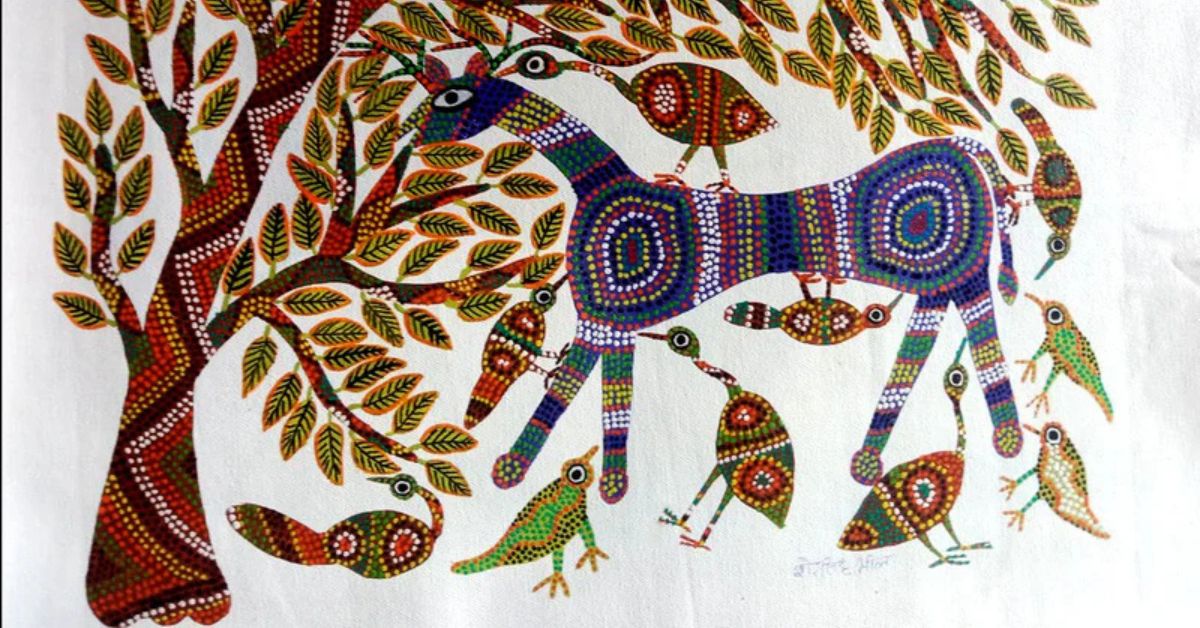Beyond forts and famous landmarks, Maharashtra’s true spirit lives in its weaving looms, orchards, kitchens, and village murals. Here’s a journey through 11 districts that celebrate the state’s hidden heart — in products, crafts, and culture.
1. Aurangabad: Paithani sarees
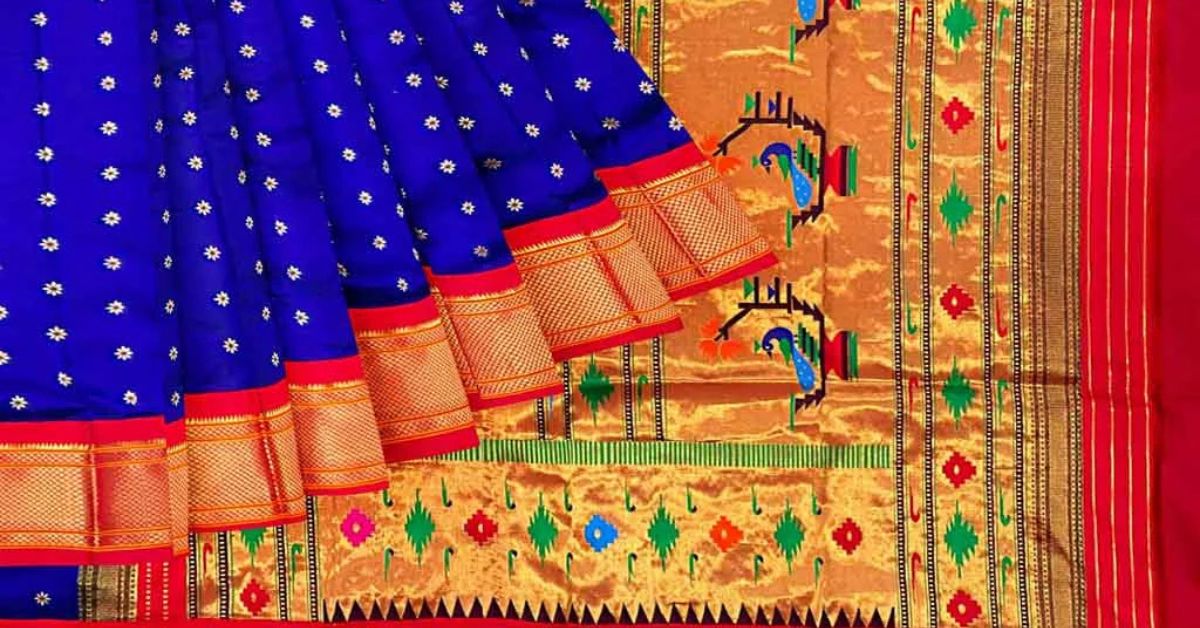
Aurangabad, steeped in the grandeur of the Marathas and Mughals, is renowned for its exquisite Paithani sarees. Woven with pure silk and zari (gold thread), each saree is a piece of art, often taking months to complete. The hallmark of Paithani lies in its vibrant peacock and lotus motifs and intricate borders inspired by Ajanta Cave murals.
2. Amravati: Oranges
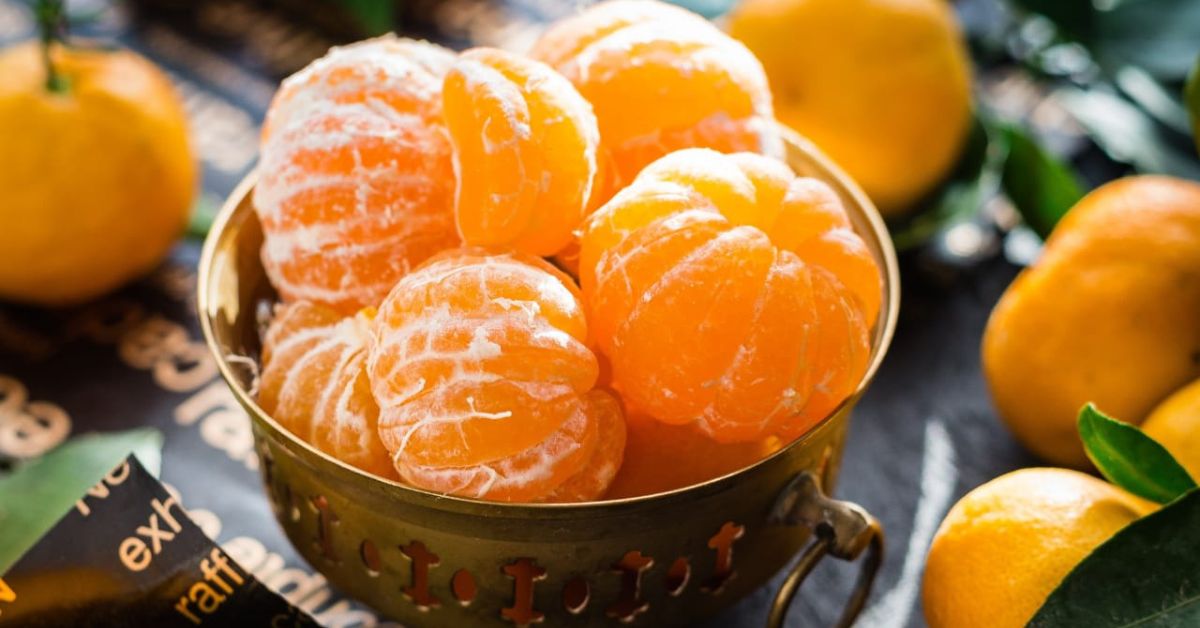
Situated in the Vidarbha region, Amravati is synonymous with oranges. Known particularly for the oranges of Warud, often dubbed ‘California of India’, this district produces sweet, juicy citrus that finds its way into homes across the country. The unique black soil and climate contribute to the fruit’s distinctive flavour and long shelf life, making it a pride for Maharashtra’s horticultural belt.
3. Mumbai: Vada pav
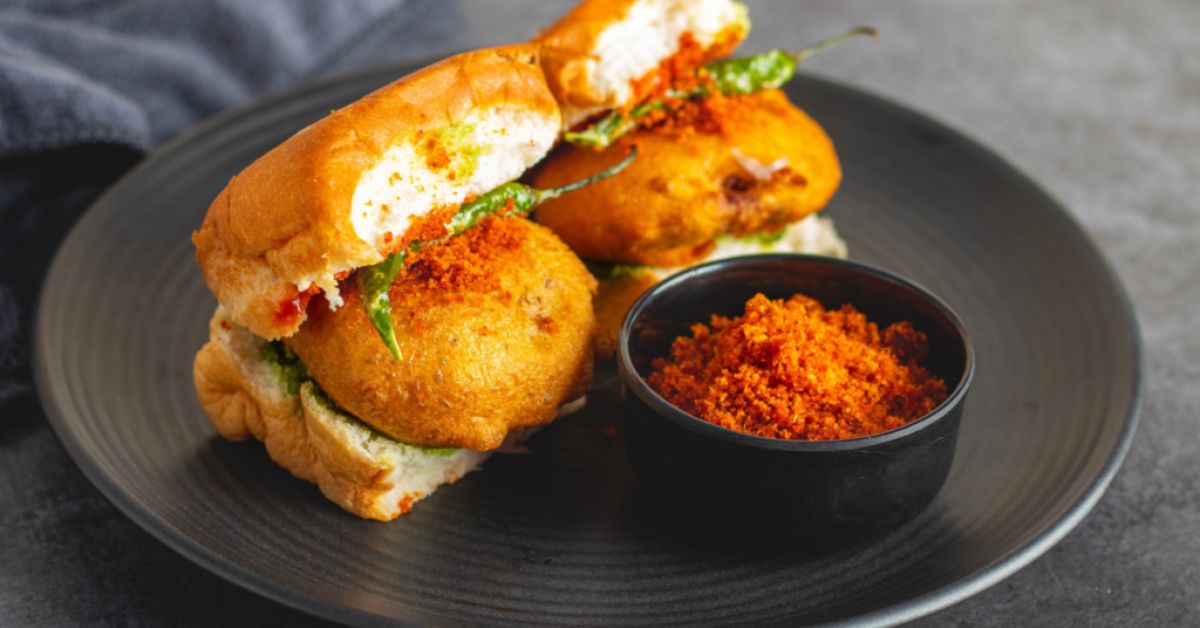
No visit to Mumbai is complete without biting into a vada pav, the humble potato fritter sandwiched in pav (bread roll), slathered with chutneys, and served with a green chilli on the side. Born on the streets and beloved by all, this snack reflects the city’s spirit: fast-paced, affordable, and bursting with flavour.
4. Raigad: Alphonso mangoes
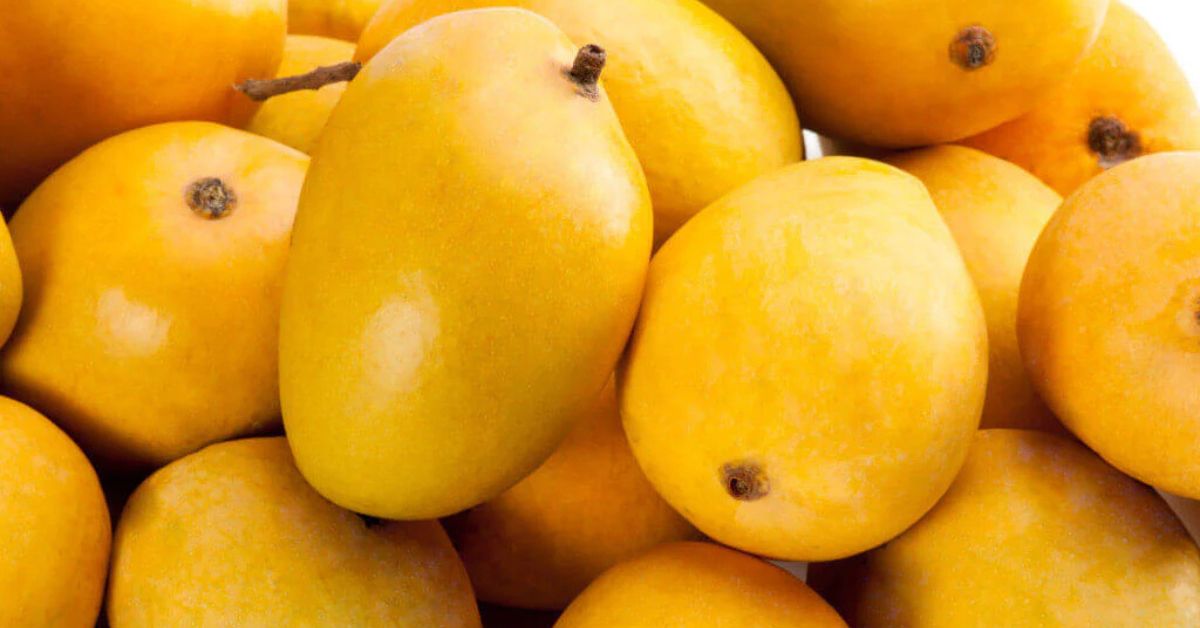
Raigad’s coastal belt produces one of India’s most celebrated exports: the Alphonso mango. Known for its saffron-coloured flesh, rich aroma, and melt-in-the-mouth texture, the hapus from this region is unmatched. Grown along the Konkan coast, these mangoes are a summer ritual, often auctioned for thousands due to their demand and delicate cultivation process.
5. Kolhapur: Kolhapuri chappals
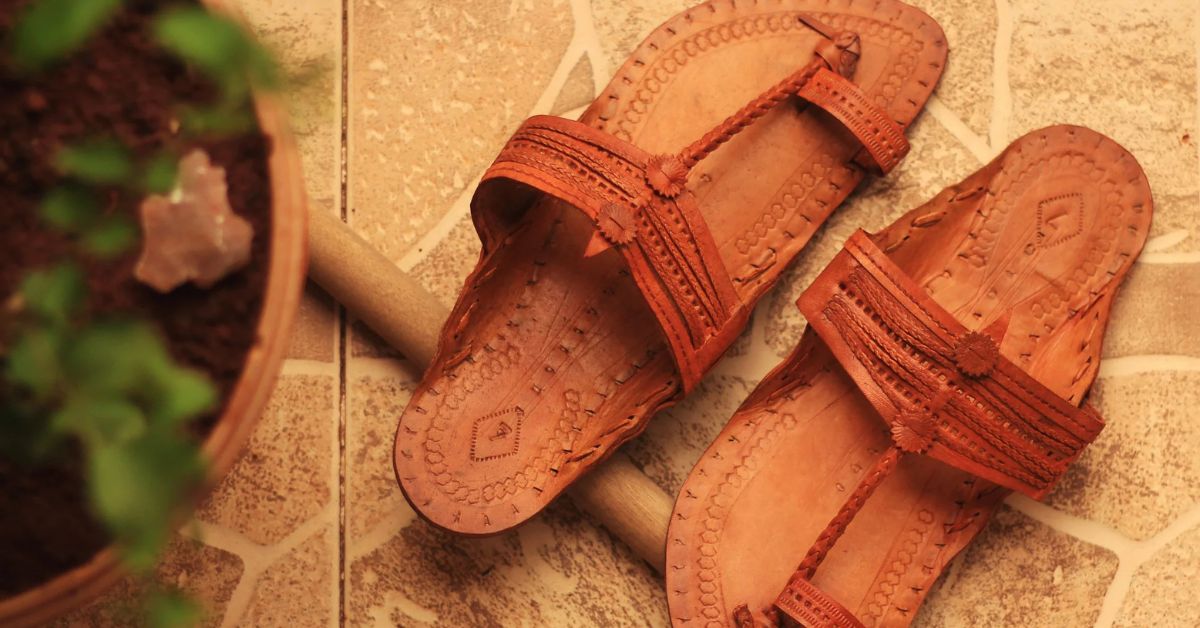
Known for its wrestlers and cuisine, Kolhapur is also famed for the Kolhapuri chappals — handcrafted leather slippers that are as durable as they are stylish. Traditionally made by local artisans using vegetable-tanned leather, these chappals are famed for their intricate designs and comfort. They’ve evolved over centuries and today walk the ramps of fashion as proudly as they do rural alleys.
6. Satara: Strawberries and kandi pedha
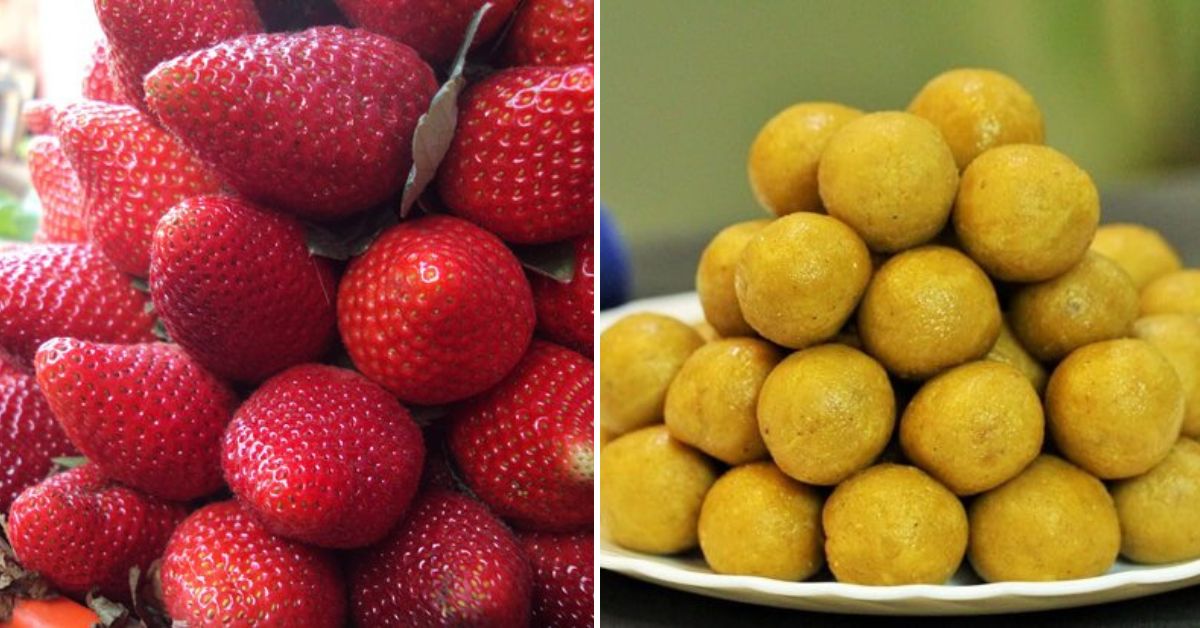
Nestled in the Western Ghats, Mahabaleshwar in Satara district grows over 85% of India’s strawberries. The cool climate and red soil here create ideal conditions for this juicy fruit. Beyond fresh produce, Satara also delights sweet lovers with its iconic kandi pedha, a soft, milky treat that has become a must-have souvenir.
7. Solapur: Solapuri chaddars
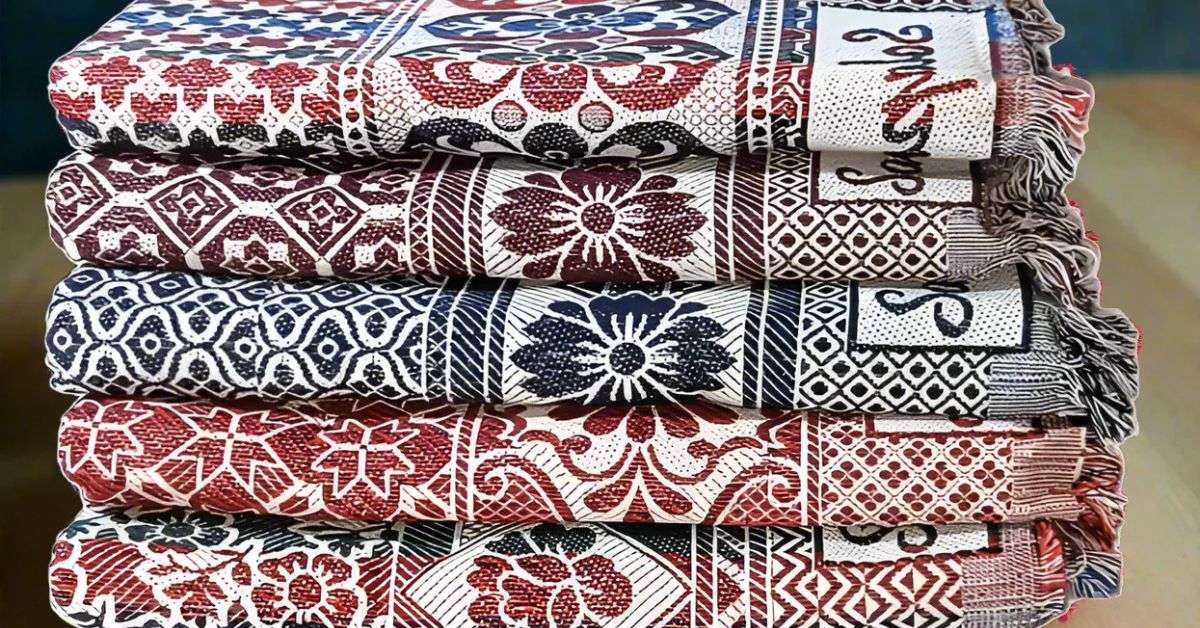
Known for its textile legacy, Solapur has made a name with its cosy Solapuri chaddar, a lightweight, colourful cotton bedsheet known for its durability and distinctive geometric patterns. A staple in households across Maharashtra, these chaddars are still woven on traditional handlooms and have earned GI (Geographical Indication) status, preserving the craft and the community behind it.
8. Jalgaon: Tribal crafts
While Jalgaon is often associated with banana farming, the district also harbours a rich tradition of tribal crafts, particularly among the Bhil and Pawara communities. From bamboo items to handcrafted jewellery and murals, these crafts reflect both the ecological knowledge and cultural expression of the region. They are increasingly being recognised for their sustainable and earthy aesthetic.
9. Yavatmal: Cotton
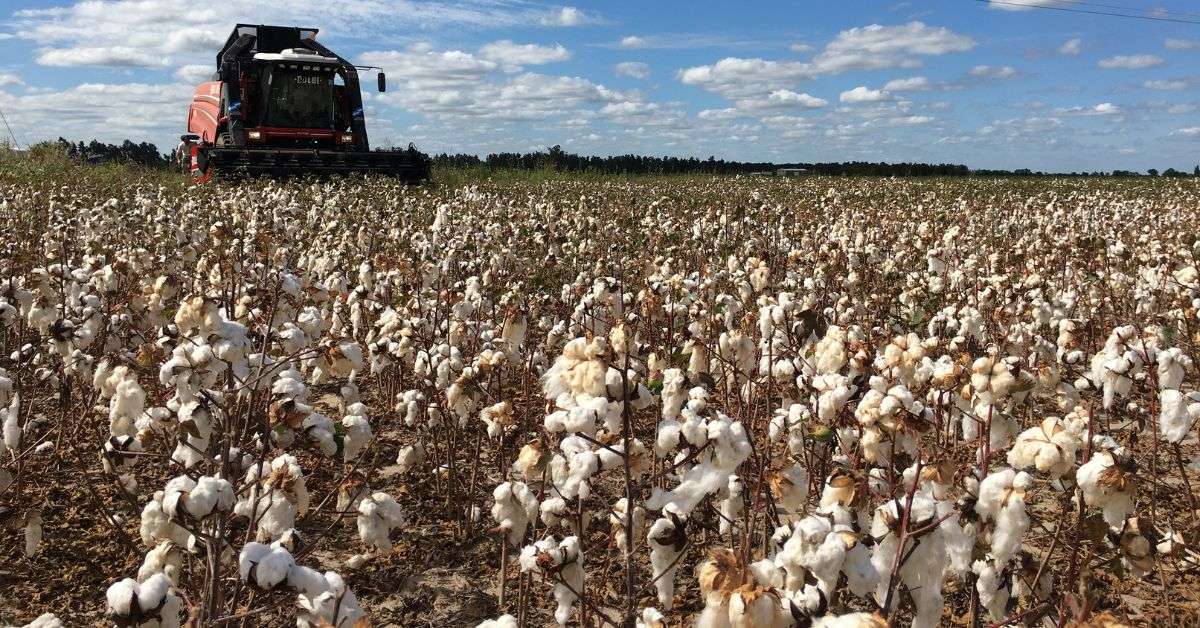
Yavatmal is one of Maharashtra’s key cotton-producing districts and a vital part of India’s cotton belt. Known as the ‘White Gold’, cotton has shaped the region’s economy and identity. While farmers have faced challenges due to erratic rains and market fluctuations, cotton continues to power the region’s textile industry, supporting generations of growers and weavers.
10. Palghar: Warli art
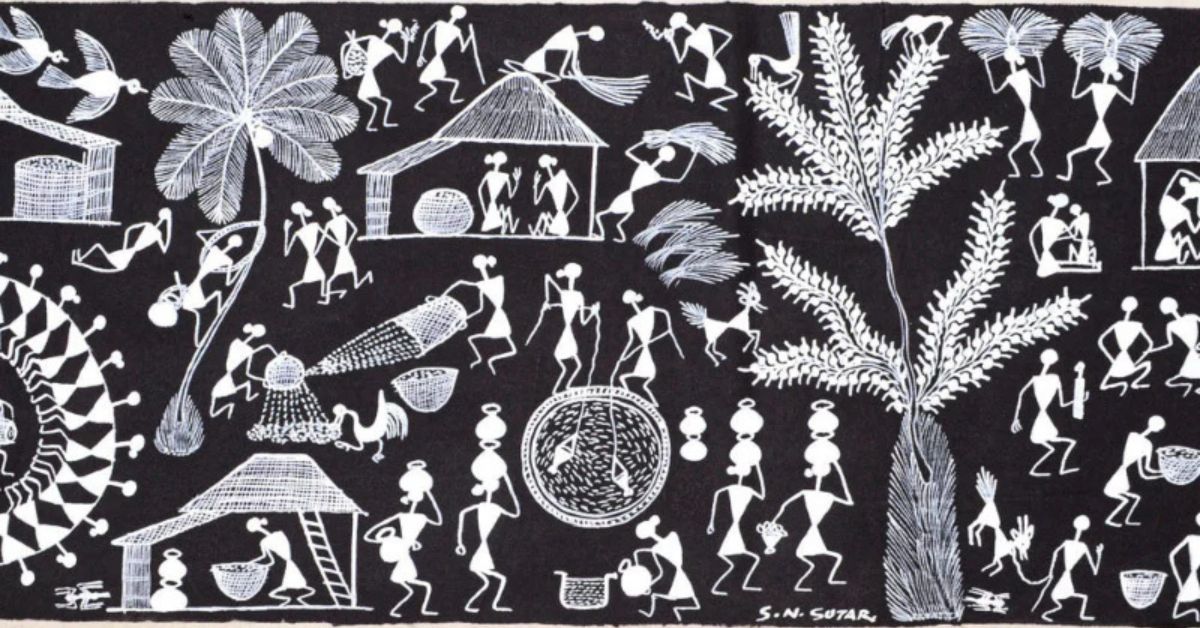
Practised predominantly by the Warli tribe, this monochrome art form uses simple geometric shapes to depict rituals, farming scenes, and daily life. Created on mud walls using rice paste and bamboo sticks, Warli is both minimalistic and deeply philosophical, and today, it adorns everything from murals and fabrics to modern branding.
Edited by Khushi Arora.
